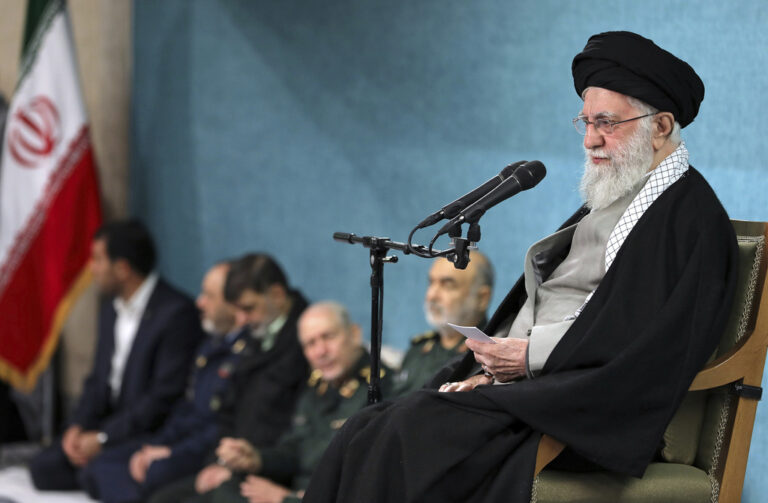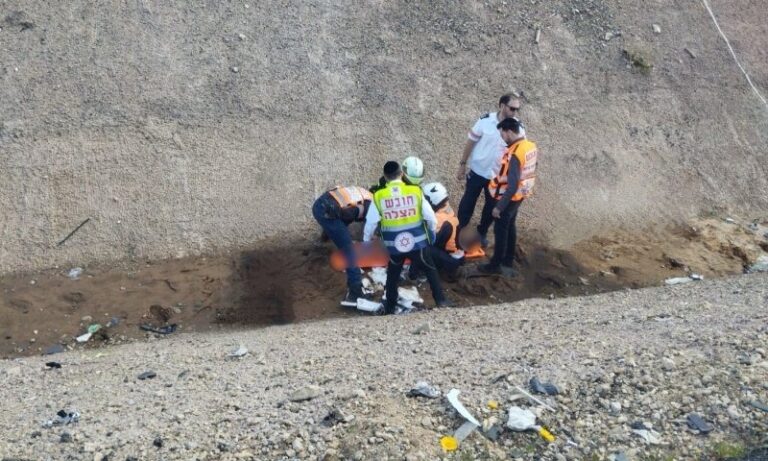 Governor David A. Paterson and the Legislature today reached a five-way consensus budget agreement that enacts significant savings initiatives, while also making targeted investments in education, economic development, and health care for children. For the first time in a decade, the Enacted Budget spends less than was proposed in the Executive Budget. Additionally, State agency operations spending growth will be limited to just 1 percent.
Governor David A. Paterson and the Legislature today reached a five-way consensus budget agreement that enacts significant savings initiatives, while also making targeted investments in education, economic development, and health care for children. For the first time in a decade, the Enacted Budget spends less than was proposed in the Executive Budget. Additionally, State agency operations spending growth will be limited to just 1 percent.
“In the face of two crises – one in government and one in our economy – we came together to produce a responsible budget for the people of New York,” said Governor Paterson. “This was by no means a perfect process, nor is it a perfect product. But we were able to achieve the programmatic reforms and cost controls needed to move forward and confront the challenges ahead.”
Preliminary results indicate that State Operating Funds spending will total $80.5 billion, a 4.5 percent increase from last year. All Funds spending will total $121.7 billion, an increase of 4.9 percent. The Division of Budget will issue an updated Enacted Financial Plan later this month.
The Enacted Budget does not include a personal income tax increase, and reflects $1.8 billion in recurring spending cuts and $1.5 billion in recurring revenue actions. The State financial plan utilizes $1.3 billion in non-recurring revenues, which is comparable to historical levels, and $400 million in labor reserves. It does not utilize any of the State’s $1.2 billion in rainy day reserves.
Notable actions taken to balance the budget and close the state’s projected $4.6 billion budget gap include:
– Government Efficiencies: Cutting approximately $1 billion in state agency operations will help minimize cost shifts to localities. State agency operations spending is projected to grow by only 1 percent in 2008-09, compared to an average of 5 percent annual growth over the previous five years. The vast majority of increased spending is reflected in local assistance payments such as school aid, property tax relief, Aid Incentives for Municipalities (AIM) and other expenditures.
– Health Care: Enacting $828 million of savings initiatives across all areas of health care spending, including pharmaceuticals, insurance, nursing homes, home care and others. Over 75 percent of the savings originally proposed in the Executive Budget will be implemented. As a result of these actions, Medicaid spending, excluding the local cap, will increase by just 1.2 percent in 2008-09, with a growth rate of negative 0.4 percent over the past two years.
– Local Assistance Spending: Reducing by 2 percent ($270 million) funding for local assistance programs. School aid and most entitlement programs were excluded from this reduction.
– Delaying STAR Expansion: Because of the fiscal difficulties facing the state, the planned expansion of Middle Class STAR and the accompanying New York City Personal Income Tax Credit, originally scheduled to take place in 2008-09, has been delayed by one year. The Personal Income Tax credit will also be discontinued for New York City residents with incomes over $250,000. (Total STAR savings: $354 million).
– Revenue Actions: Enacting a number of revenue actions including: Closing unintended tax loopholes ($429 million); increasing programmatically tailored fees ($203 million); increasing cigarette taxes by $1.25 per pack to $2.75 to fund health care investments ($265 million); and requiring Internet retailers such as Amazon.com to collect sales tax which is already owed to the State ($50 million). Certain Executive Budget revenue proposals were rejected, including taxing illegal drugs, imposing an additional $15 auto insurance surcharge, collecting a five-cent deposit on non-carbonated beverages, and removing restrictions on the operations of Quick Draw – though authorization for the game will be extended for two years.
While the Budget enacts significant spending reductions, it also funds several important investments critical for driving economic growth and improving the State’s quality of life. They include:
– Education: Increasing the state’s investment in elementary and secondary education by $1.75 billion. The vast majority of these funds are allocated through the Foundation Aid formula ($1.2 billion), which was created last year to target state funding based on student need. Large Foundation Aid increases in those districts with struggling schools will continue to be tied to Contracts for Excellence, which have helped ensure that these resources are spent on strategies proven to improve academic achievement. Additionally, in recognition of the significant property tax burden many localities face, $202 million in High Tax Aid is included in the Enacted Budget. Together, these actions to provide greater state school aid will help lessen the pressure to increase local property taxes.
– Health Care: Providing access to health care for all of New York’s 400,000 uninsured children by fully funding the federal share of the expansion of Child Health Plus eligibility from 250 percent to 400 percent of the federal poverty level. The Budget also includes reimbursement reforms that shift Medicaid dollars from expensive hospital inpatient services to more cost-effective primary and preventive care. In addition, a new $15.6 million “Doctors Across New York” program will encourage physicians to practice in rural and poor urban areas of the State that are underserved by health care providers.
– Economic Development: Initiating a $1.6 billion economic development capital plan, including a $700 million Upstate Revitalization Fund to help create jobs and spur growth throughout Upstate. The major strategic components of the Fund were continued from the Executive Budget, which will be institutionalized in statute so future capital plans continue to fund Upstate revitalization in a strategic manner. The Budget also provides $200 million for affordable housing that will benefit all regions throughout the State.
– Higher Education: The Budget authorizes nearly $6 billion of capital funding for SUNY and CUNY senior colleges and community colleges to fund the systems’ highest priority strategic projects and critical needs. The Budget also authorizes the creation of an endowment for SUNY and CUNY that would provide a permanent source of recurring revenue, with the funding source to be determined in the future.
“I would like to thank my partners in the Legislature for their cooperation in developing and enacting this budget,” said Governor Paterson. “Assembly Speaker Silver, Majority Leader Bruno, Minority Leaders Tedisco and Smith, and every single member worked hard to resolve their differences and reach agreement on many difficult issues in a very short period of time. I am grateful to all of them.”











One Response
Wow this guy should be president he can actually ballance a budget